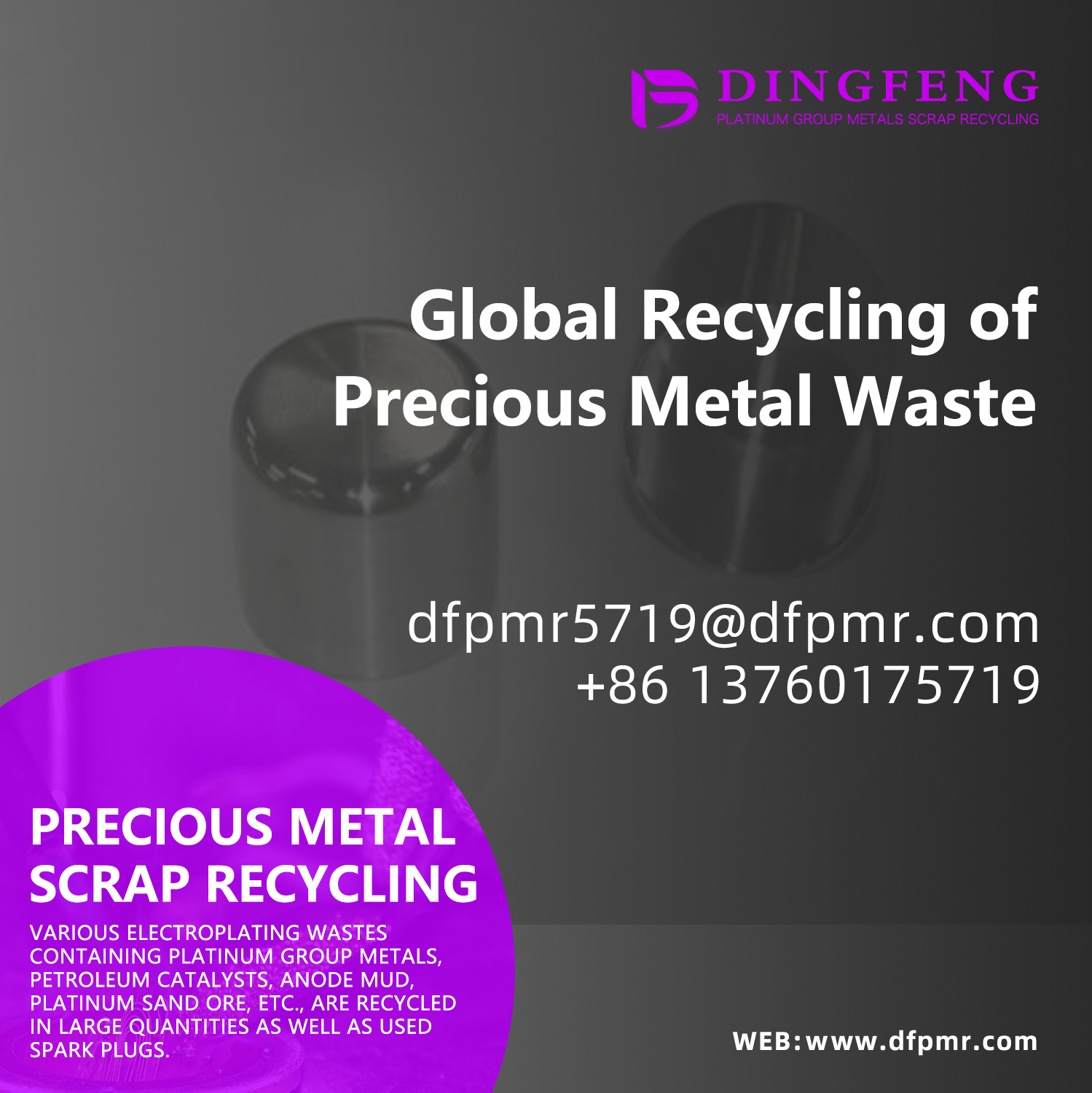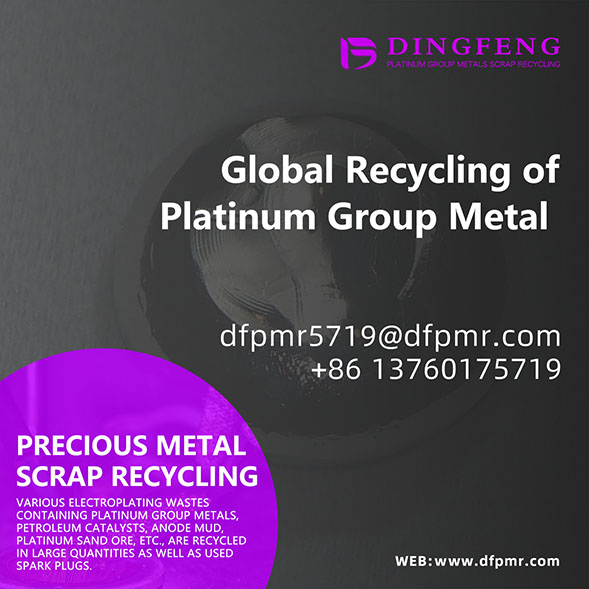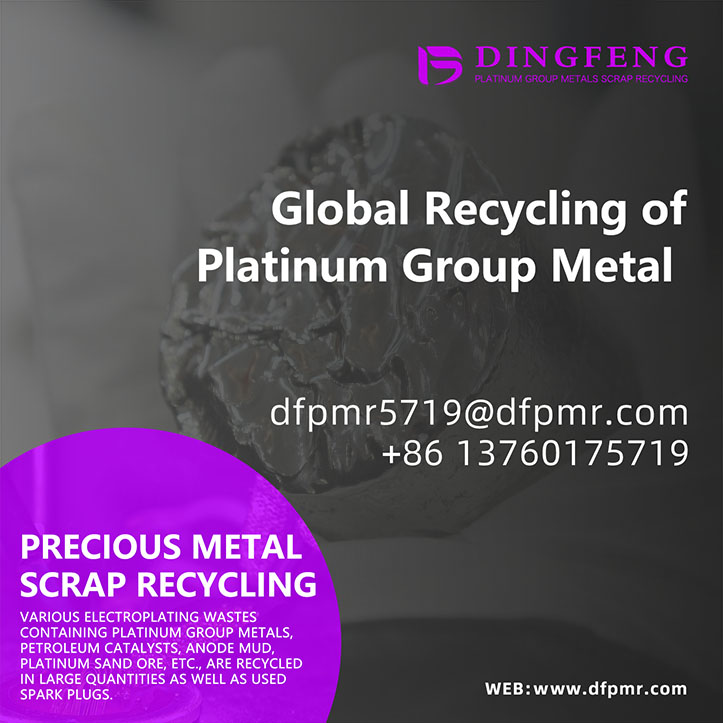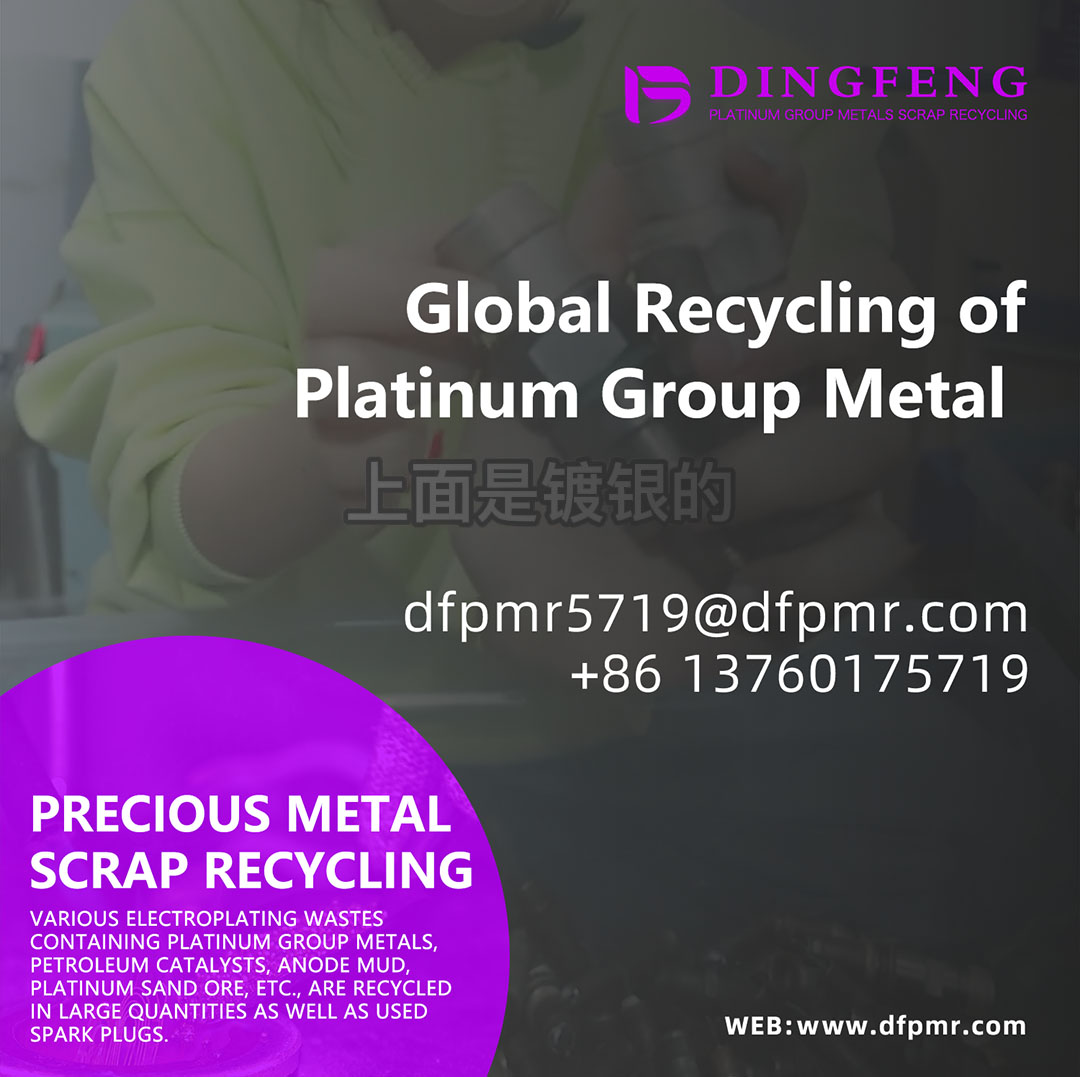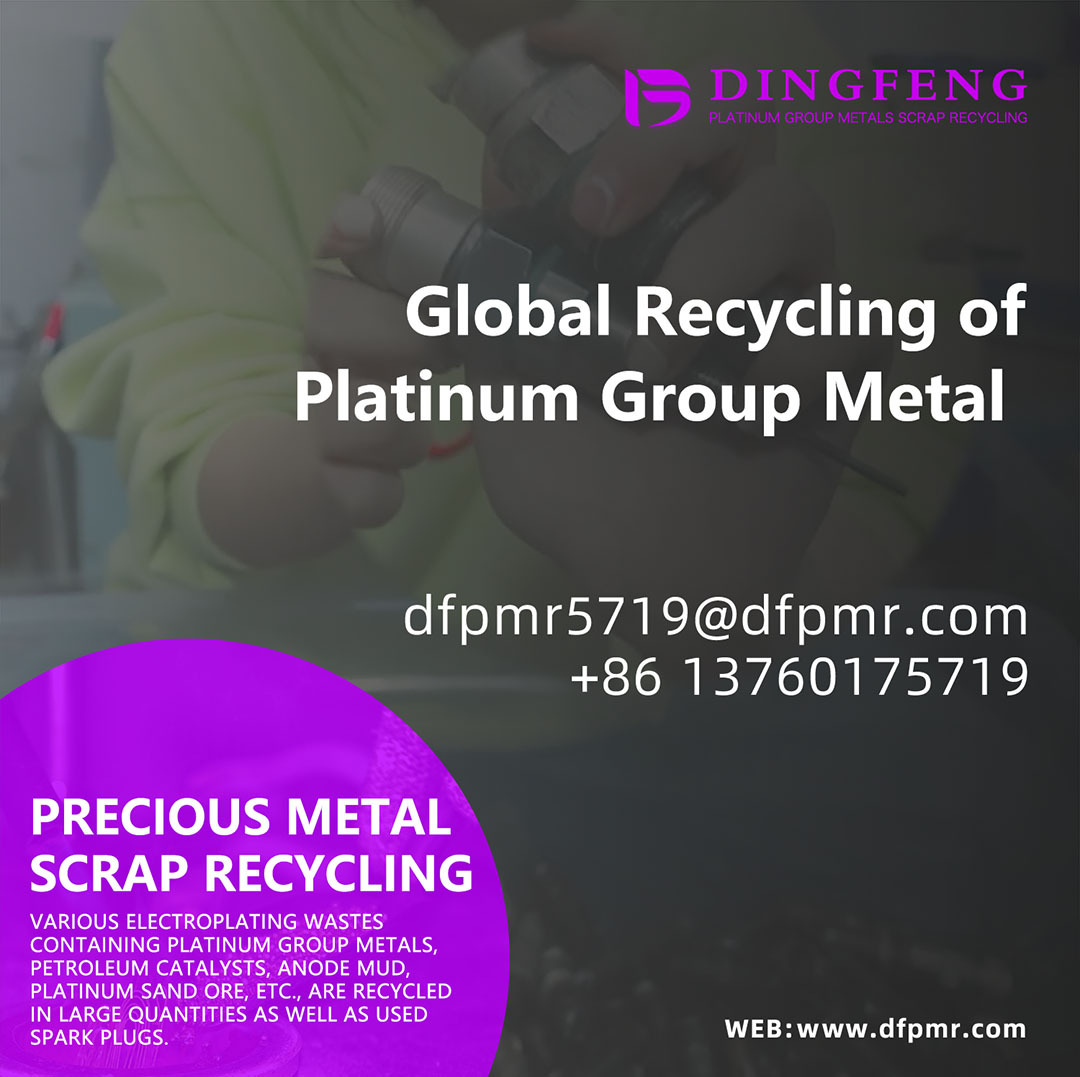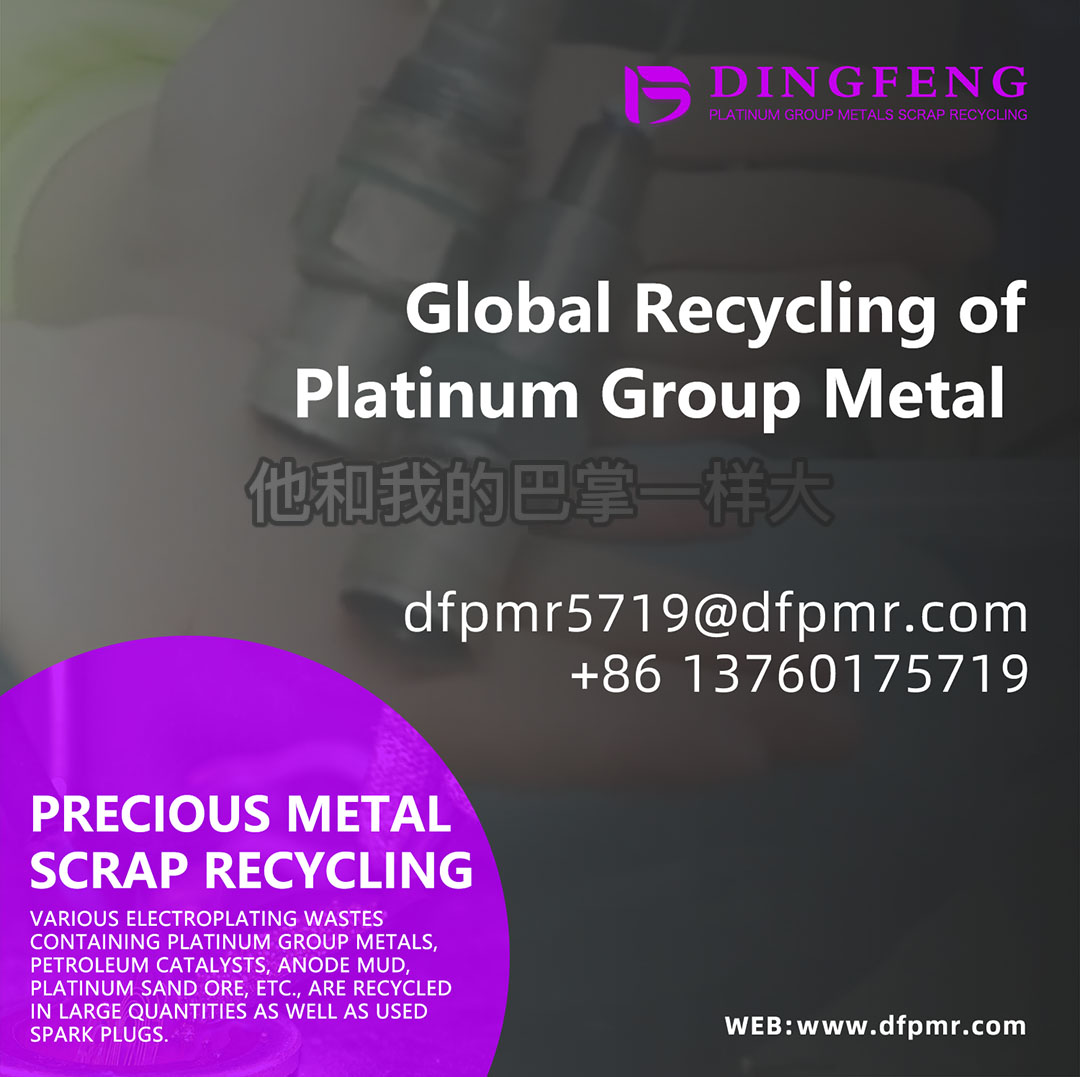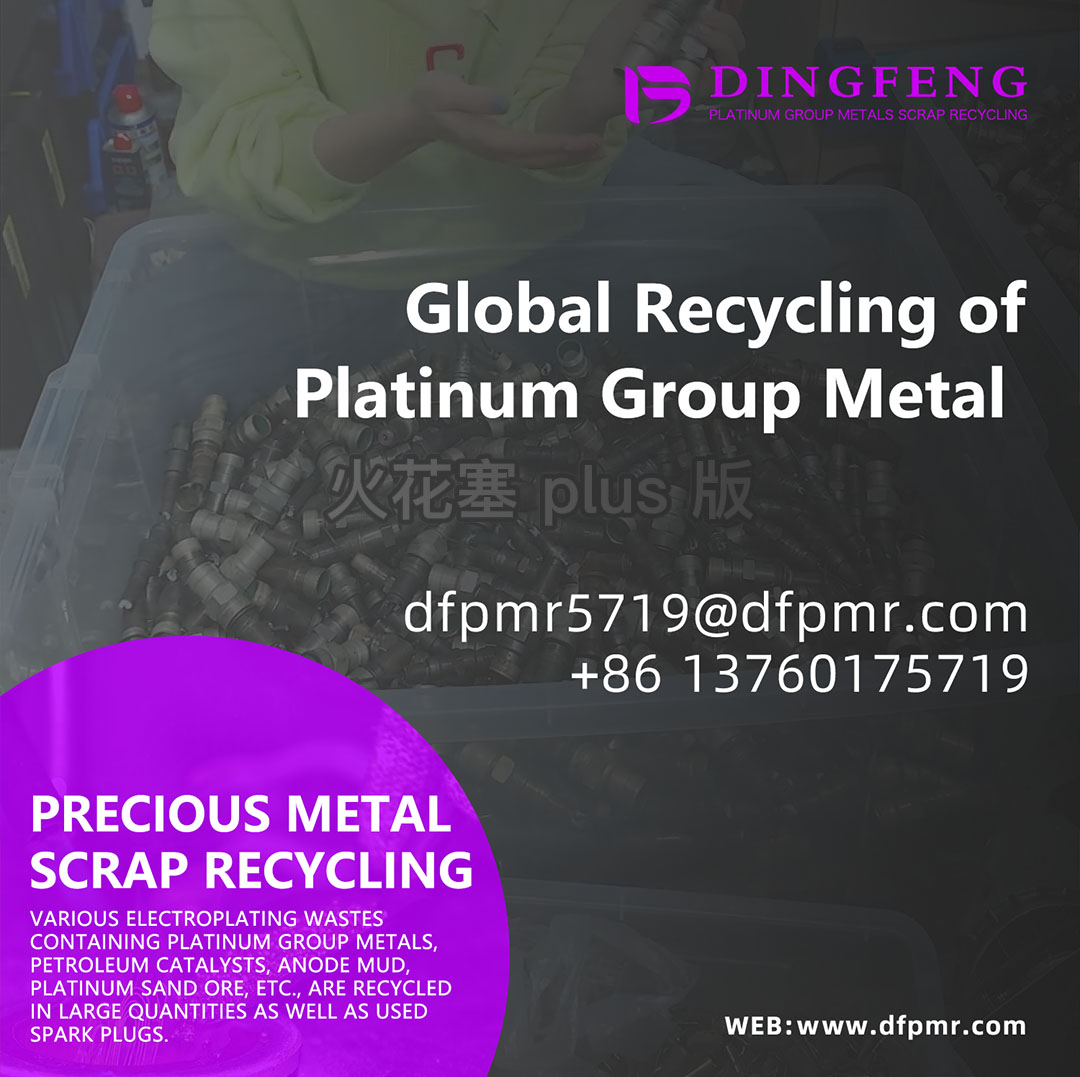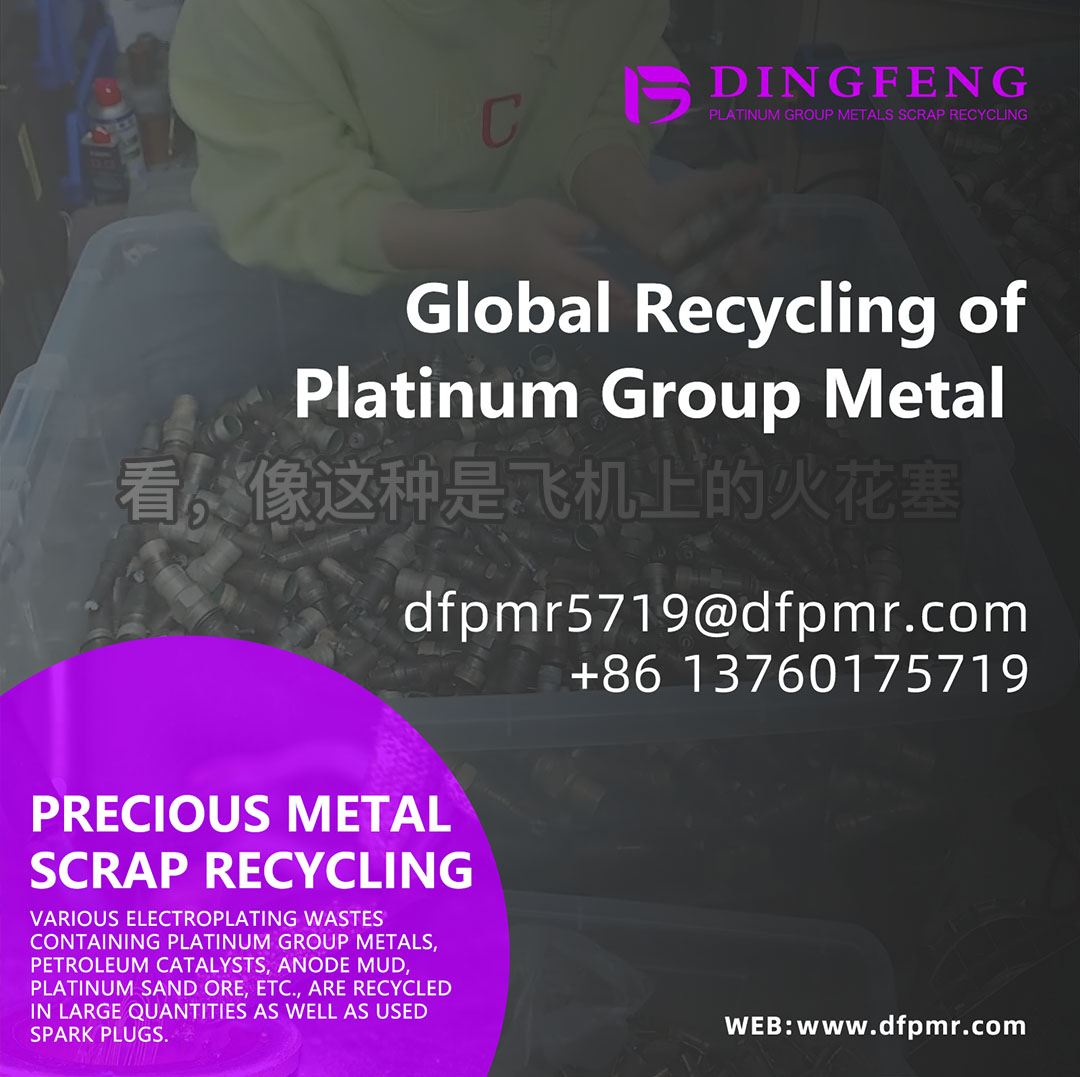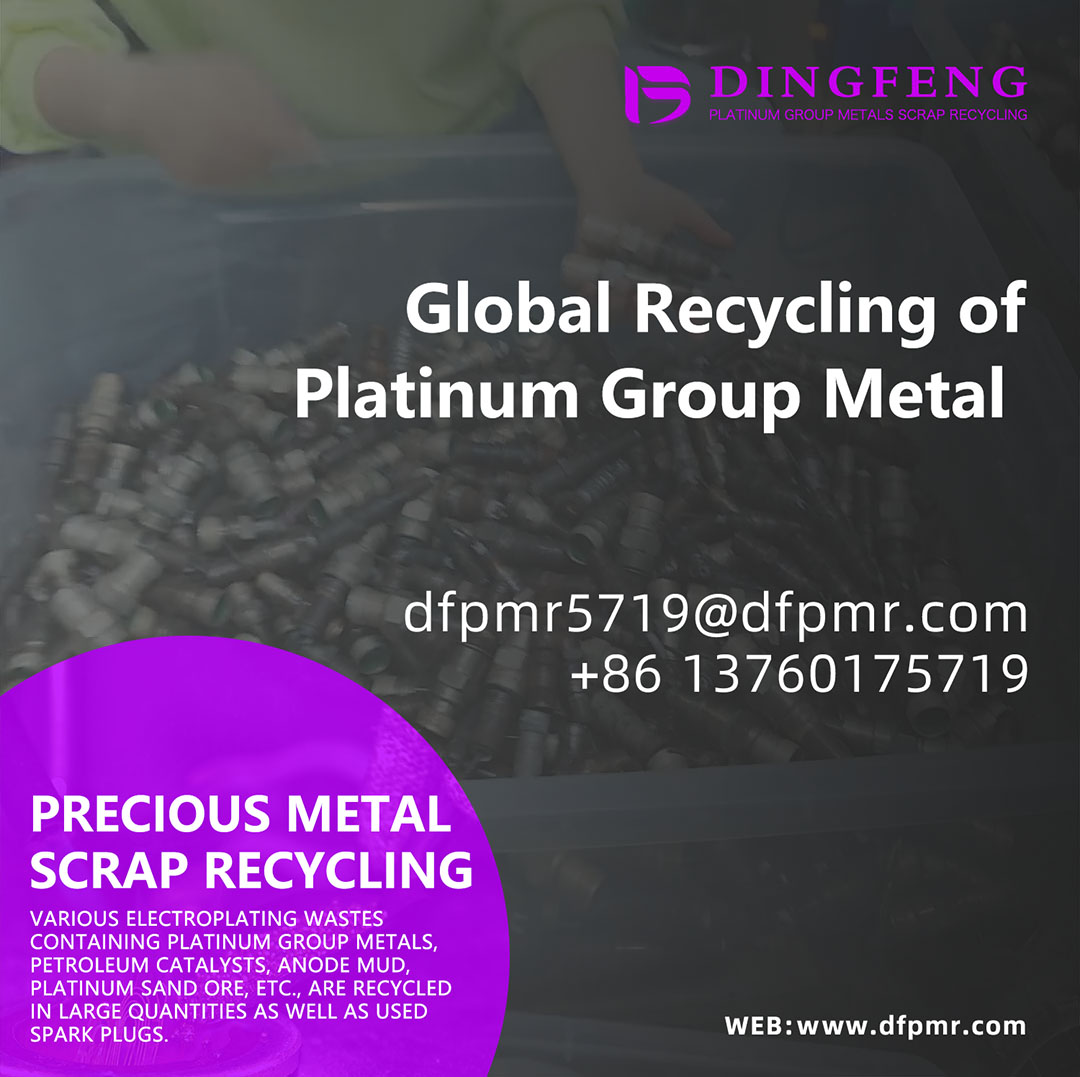Gold Plated Recycling_Methods of Recovering and Extracting Gold from Gold Slag
Methods of Recovering and Extracting Gold from Gold Slag1. Physical Separation Methods - Gravity Separation: This method utilizes the differences in density between gold and other materials in the s
Methods of Recovering and Extracting Gold from Gold Slag
1. Physical Separation Methods
- Gravity Separation: This method utilizes the differences in density between gold and other materials in the slag. Techniques like shaking tables or jigs allow denser gold particles to settle while lighter materials are washed away. Recovery rates can reach up to 90% in ideal conditions.
- Magnetic Separation: Used primarily to remove ferrous materials from the slag, magnetic separators can enhance the concentration of gold by eliminating unwanted metals. This is particularly effective when dealing with mixed materials, improving overall recovery.
- Flotation: In this process, chemicals are added to create a frothy layer that binds with gold particles. This method can achieve high recovery rates (up to 95%) by selectively collecting gold from the slag. Optimizing the chemical reagents and conditions is key for success.
2. Chemical Leaching Methods
- Cyanide Leaching: One of the most common methods for gold extraction, cyanide leaching involves mixing finely ground slag with a cyanide solution. Gold is dissolved, and recovery can be enhanced through techniques like carbon adsorption or precipitation with zinc dust. This method is effective but requires careful handling due to the toxicity of cyanide.
- Acid Leaching: Hydrochloric acid or sulfuric acid can be used to dissolve base metals and facilitate gold extraction. This method often works in combination with other leaching agents to enhance recovery. The acidic environment helps dissolve other metals, allowing gold to be more easily isolated.
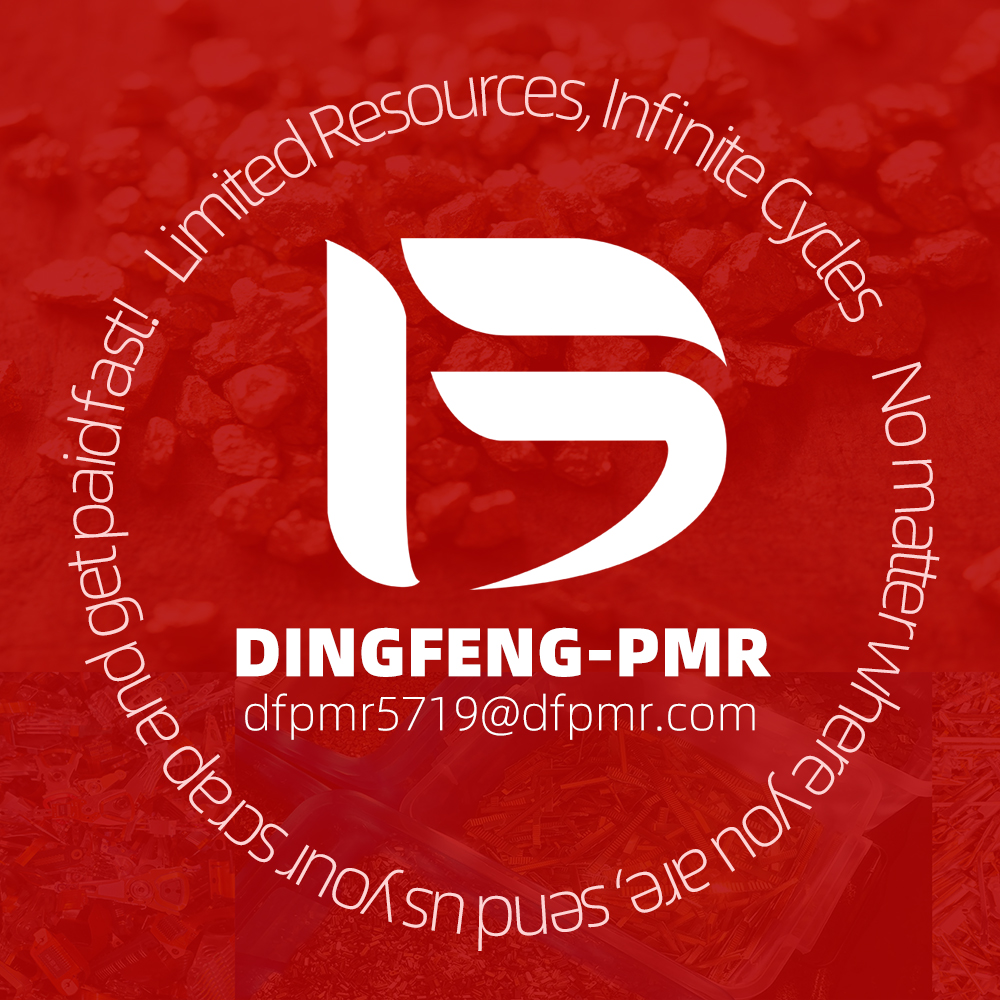
3. Hydrometallurgical Processes
- Heap Leaching: Slag is piled into heaps and sprayed with a leaching solution. This method can take several weeks but can achieve high recovery rates, often above 90%. The process is cost-effective for large volumes of slag.
- Tank Leaching: In this method, finely ground slag is placed in tanks with leaching solutions. The controlled environment allows for better optimization of temperature, pH, and agitation, resulting in more efficient gold extraction (over 95% recovery in some cases).
4. Emerging Technologies
- Bioleaching: Utilizing specific bacteria, this method can extract gold from slag without the use of harmful chemicals. It is a sustainable approach, with potential recovery rates comparable to traditional methods. Research is ongoing to optimize these processes for commercial applications.
- Nanotechnology: Innovative nanomaterials can selectively bind to gold particles, improving recovery rates and reducing the amount of chemicals needed. This technology is still in developmental stages but shows promise for future gold extraction processes.
Conclusion
The methods for recovering and extracting gold from gold plating recycling, particularly from gold slag, encompass a variety of techniques ranging from traditional physical and chemical methods to innovative emerging technologies. Each method has its advantages and challenges, and often a combination of these techniques yields the best results. As the industry continues to seek more sustainable and efficient practices, the focus on optimizing these methods will be crucial for maximizing gold recovery from secondary sources.
Gold plating slag is one of the sources of gold containing waste recycling, which includes gold plating pin recycling, gold plating scrap recycling, gold plating wafer recycling, gold plating terminal recycling, gold plating circuit board recycling, etc. If you have a demand for gold containing waste recycling, please contact us any time. Dingfeng Precious Metal Recycling has its own recycling and refining factory, and there are no intermediaries to earn price differences. Our professional technical team and customer service personnel provide one-on-one services to ensure customer privacy during the recycling process.



